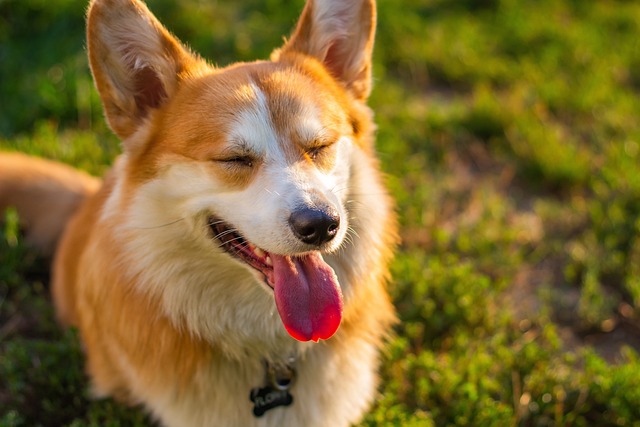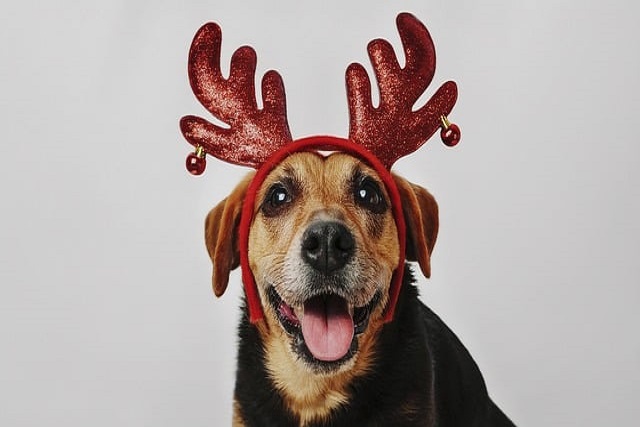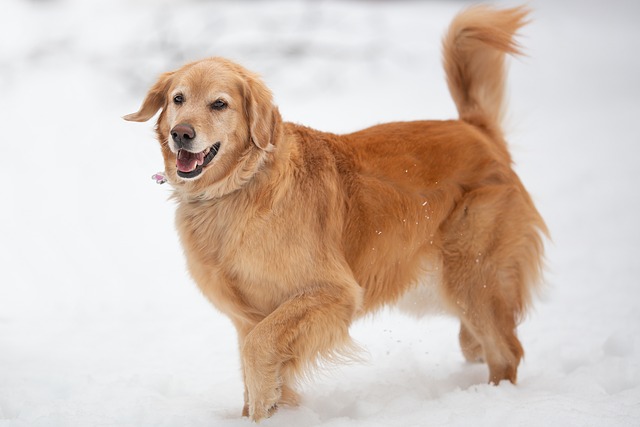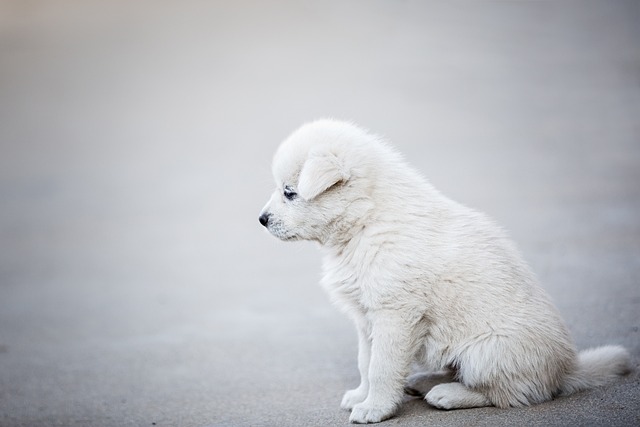
What food can be fed to a two month old Schnauzer
When you bring home a fluffy little ball - a two-month-old Schnauzer, its big wet eyes look at you as if silently asking, "Master, what should I eat?" At this moment,
When a doggy door is installed at home to facilitate the dog's free entry and exit, and the owner is looking forward to the dog being able to move freely like other dogs, he finds that he always stays away from this "free door" and even shows fear and resistance. Seeing that the dog would rather pace anxiously at the door than take that crucial step, the owner is full of doubts and distress. What is the reason that makes this seemingly convenient pet door an insurmountable obstacle in the eyes of dogs? Finding the answer to this question is not only to solve practical problems, but also an important opportunity for us to deeply understand the inner world of dogs and give them care.
Fear of unfamiliar things is a common reason why dogs refuse to use doggy doors. For dogs, the doggy door is a new and unfamiliar existence. Its material, shape, the sound when it is opened and closed, and even the special feeling of wind passing through the door hole may make dogs feel uneasy. Just as humans are afraid of the unknown darkness, dogs are full of vigilance against this "mysterious passage" that suddenly appears. Especially sensitive and timid dogs are more likely to be scared away by this unfamiliarity. When they approach the pet door for the first time and hear the sound of the door curtain shaking, or feel the wind blowing out from the door, their instinctive defensive psychology will make them flee quickly. In their cognition, this may be a dangerous "trap".
Past negative experiences may also leave a deep shadow in the dog's heart, causing it to resist the pet door. Maybe when trying to pass through the pet door, the dog was accidentally caught by the door curtain, or was frightened by the sudden closing of the door. These unpleasant moments will leave a mark in its memory. From then on, as long as it approaches the pet door, the memory of pain or fear will be awakened, making it unwilling to try again no matter what. This psychological trauma is like a wound that is difficult to heal. Even if the pet door itself is no longer dangerous, the dog will still choose to escape because of the past experience.
 Whether the design and installation of the pet door are reasonable will also directly affect the dog's acceptance of it. If the size of the pet door is too small, a large dog will feel cramped and depressed when passing through, as if their freedom is restricted, and they will naturally resist; if the size is too large, the dog may lack a sense of security and worry that unknown dangers will break in through the wide door opening. In addition, the installation location is also crucial. If the pet door is installed in an area with noisy and frequent people, the dog will not dare to approach due to the interference of the environment; if the door is too complicated to open, such as requiring a lot of force to push it open, or the door curtain is too hard, it will be very difficult for a dog with less strength to use it, and over time they will give up trying.
Whether the design and installation of the pet door are reasonable will also directly affect the dog's acceptance of it. If the size of the pet door is too small, a large dog will feel cramped and depressed when passing through, as if their freedom is restricted, and they will naturally resist; if the size is too large, the dog may lack a sense of security and worry that unknown dangers will break in through the wide door opening. In addition, the installation location is also crucial. If the pet door is installed in an area with noisy and frequent people, the dog will not dare to approach due to the interference of the environment; if the door is too complicated to open, such as requiring a lot of force to push it open, or the door curtain is too hard, it will be very difficult for a dog with less strength to use it, and over time they will give up trying.
The dog's own personality and physical condition are also important factors that affect its use of pet doors. Some dogs are naturally cautious and conservative, and are skeptical of any new things. They need to spend more time observing and adapting. They will not try as easily as lively and bold dogs, but will wander around the pet door for a long time, carefully observe the surrounding environment, and only take the first step after confirming that there is no danger. For elderly dogs or dogs with diseases or joint problems, using a pet door may cause them physical discomfort. For example, when going up and down the stairs to enter the pet door, it will make dogs with joint pain feel painful, so they will instinctively avoid the pet door and choose a more relaxed way to solve their needs.
In the face of dogs' resistance to pet doors, the guidance and patience of the owner are crucial. We need to stand in the dog's perspective, understand their fear and anxiety, and help them overcome obstacles with tenderness and love. You can start with simple guidance, such as placing the dog's favorite toys and snacks near the pet door, so that it can gradually become familiar with this area and associate positive emotions with the pet door. When the dog approaches the pet door, give enthusiastic praise and rewards to encourage it to explore further. You can also personally demonstrate how to use the pet door, take the dog's leash, and slowly guide it through the doorway, so that it understands that this door is not scary, but a passage to freedom and happiness.
Behind the dog's reluctance to use the pet door, there are their complex emotions and needs. Every resistance is a "help signal" they send to the owner, hoping to get understanding and help. As an owner, we must patiently find the reasons and guide the dog with love and scientific methods, just like solving warm puzzles one by one. One day, when you see your dog happily passing through the pet door and running and playing freely in the yard, all your efforts and hard work will turn into joy and emotion. The trust and bond between you and your dog will become deeper in the process.

When you bring home a fluffy little ball - a two-month-old Schnauzer, its big wet eyes look at you as if silently asking, "Master, what should I eat?" At this moment,

When you see your usually lively dog suddenly limp while running, being cautious when going up and down the stairs, and even having difficulty getting up,

When a doggy door is installed at home to facilitate the dog's free entry and exit,and the owner is looking forward to the dog being able to move freely like other dogs,

As the most loyal companions of humans, dogs accompany us through countless warm times. Understanding the colors that are difficult to distinguish in their vision is not only an exploration of scientific knowledge,

In the morning sunlight, other people's dogs have smooth and shiny fur, shining like silk. However, your own precious dog's fur is dull, dry, and rough,

In the late night, in the silent room, you, who were originally sleeping quietly, are suddenly awakened by a "rustling" scratching sound.